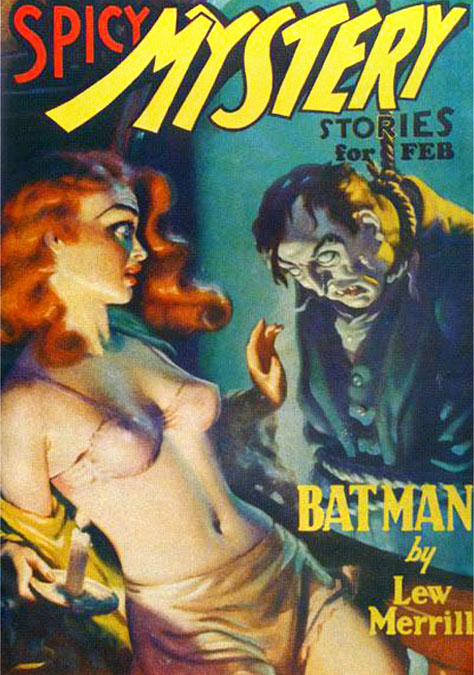Carnival of Souls
The only finished film of director Herk Harvey (who also appears in the movie as 'The Man') Carnival of Souls is a strange and beautiful creature. Flowing like a fever dream it tells the story of Mary Henry (played by Candace Hilligoss) following her emergence from a car that had sunk in the Kansas river as a result of a road race gone wrong. Her return from water to land sets the liminal state that shapes the whole film. Initially she seems invisible to those around her but upon travelling to a new town, where she takes a job as a church organist, she becomes a centre of attention, be it from a creepy amorous admirer or from a host of dead souls.
There are two factors that define Carnival of Souls as a film, one is its aesthetic and the other is its atmosphere. Visually there are echoes in its cinematography of German Expressionism, Film Noir and European cinema. Though there is a colourised fan-version which is fine in itself, the black and white original has strength in cinematographer Maurice Prather's use of shadow and light. It also serves to enhance the detachment from reality as if you are gazing into a hazy dream. The choice of filming location also is a major part as Harvey's chancing upon the derelict Saltair Pavilion in Salt Lake City and finding it oddly inspiring is what gave birth to the film. Mentioning his inner vision of dead souls dancing there to writer John Clifford, he left Clifford to pen the plot for the rest of the movie.
The oneiric feel is furthered by elements which some viewers have a problem with - its pacing, as it moves like a sleepwalker and some of the acting - which can be stilted and awkward at times. I think however both of these issues in this case are strengths rather than faults. What may feel amateurish in many low-budge indie films here adds to a sense of overall uncanniness.
In reviews of the film the subsequent directors George A Romero and David Lynch are oft-mentioned. Indeed the movie does seem like a celluloid love-child of the directors and is very suggestive of having been an inspiration to their works, though to my knowledge neither have spoken intensively of the film.
From a Romeroesque aspect the film is prescient of the wandering deceased in 1968's Night of the Living Dead, whilst in Lynchian terms it invokes both the unsettling interaction between characters - the feel that something is off or brewing in the uncomfortable slow speed or brief silences in their conversation and also the juxtaposition of the supernatural with the everyday mundanity.
As a horror film Carnival of Souls is reliant on its sense of the uncanny and of eeriness as well as its theme that considers loneliness and alienation as well as the supernatural aspects of life and death. 'Jump scares' don't function as such but still may unnerve to a certain extent. The make-up and sometimes the mannerisms of the dead may be a weak point, but the shooting budget wasn't huge but there are moments when the cheapness still provides for a haunting unsettling effect.
Whether Carnival of Souls is read as a katabasis or alternatively as the incursion of the passed at the moment where a soul and mind wavers on the boundary of life or death, both make for a haunting singular work that deserves its status as a cult movie.












Comments
Post a Comment